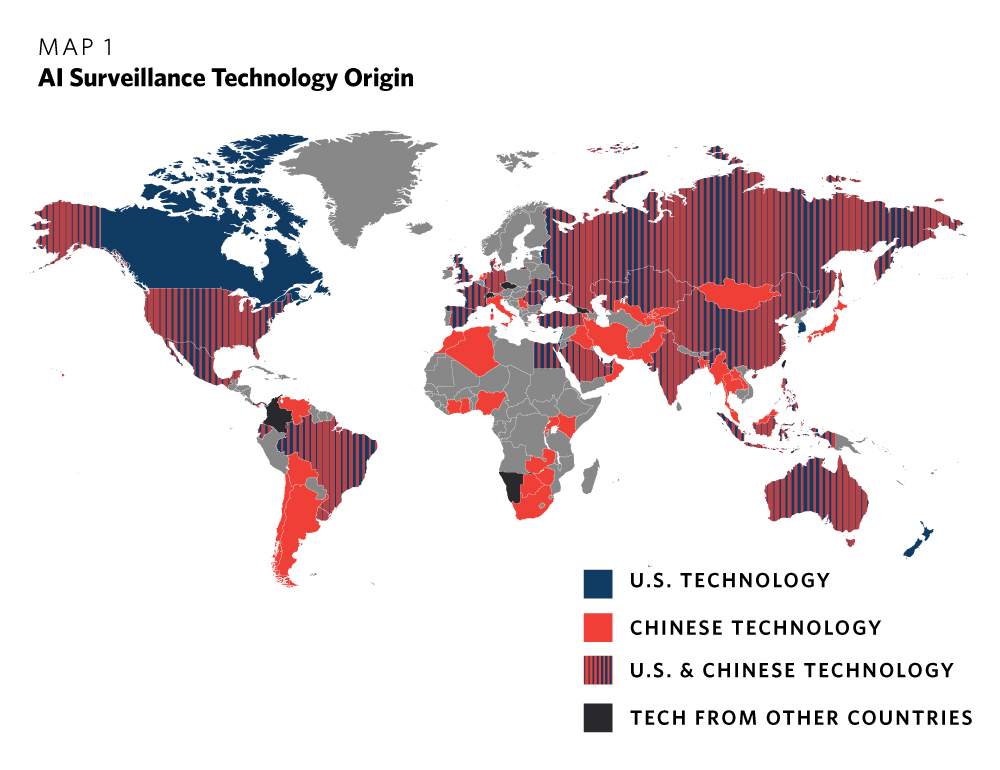The Rise of Artificial Intelligence: A Revolution in the Making
As I sit here writing this article, I am surrounded by machines that are increasingly capable of thinking and acting like humans. From the virtual assistant on my phone to the self-driving cars on the road, artificial intelligence (AI) is transforming the world around us. But what exactly is AI, and how did it become such an integral part of our lives?
A Brief History of AI
The term ‘artificial intelligence’ was coined in 1956 by computer scientist John McCarthy, but the concept of creating machines that can think and learn dates back to ancient Greece. The development of AI began in earnest with the invention of the computer, and has been progressing rapidly ever since.
Today, AI is a crucial part of many industries, from healthcare and finance to customer service and beyond. But despite its widespread adoption, many people still don’t understand what AI is or how it works.
What is AI?
AI refers to the simulation of human intelligence in machines that are programmed to think like humans and mimic their actions. This can include everything from simple tasks like data processing and pattern recognition to more complex tasks like learning, problem-solving, and decision-making.
An AI robot in action
How Does AI Work?
AI works by using algorithms and data to create machines that can perform tasks on their own. These algorithms can be based on rules, decision trees, or even machine learning models. The data used to train these models can come from a variety of sources, including sensor data, text data, and even images.
An example of an AI algorithm
The Future of AI
As AI continues to evolve and improve, we can expect to see even more exciting developments in the years to come. From self-driving cars and smart homes to personalized medicine and virtual reality, the possibilities are endless.
But with great power comes great responsibility. As we continue to develop and deploy AI systems, we must also consider the potential risks and challenges they pose. From job displacement and bias to data security and transparency, there are many complex issues that must be addressed.
Conclusion
Artificial intelligence is a rapidly evolving field that has the potential to transform many aspects of our lives. As we continue to develop and deploy AI systems, it is essential that we prioritize transparency, accountability, and responsibility. By doing so, we can ensure that AI is used for the betterment of humanity, not its downfall.
The future of AI is bright


 Photo by
Photo by 












